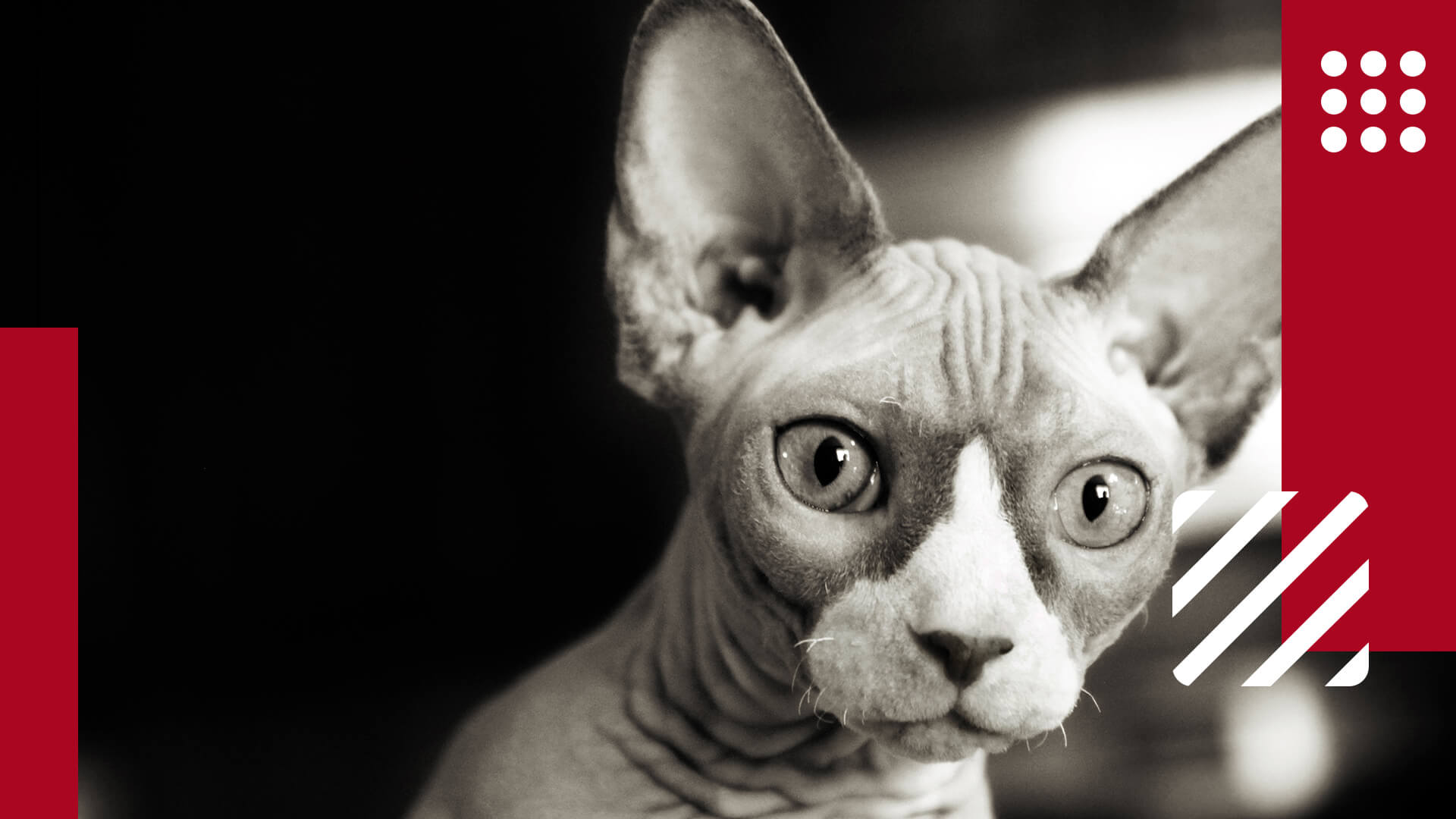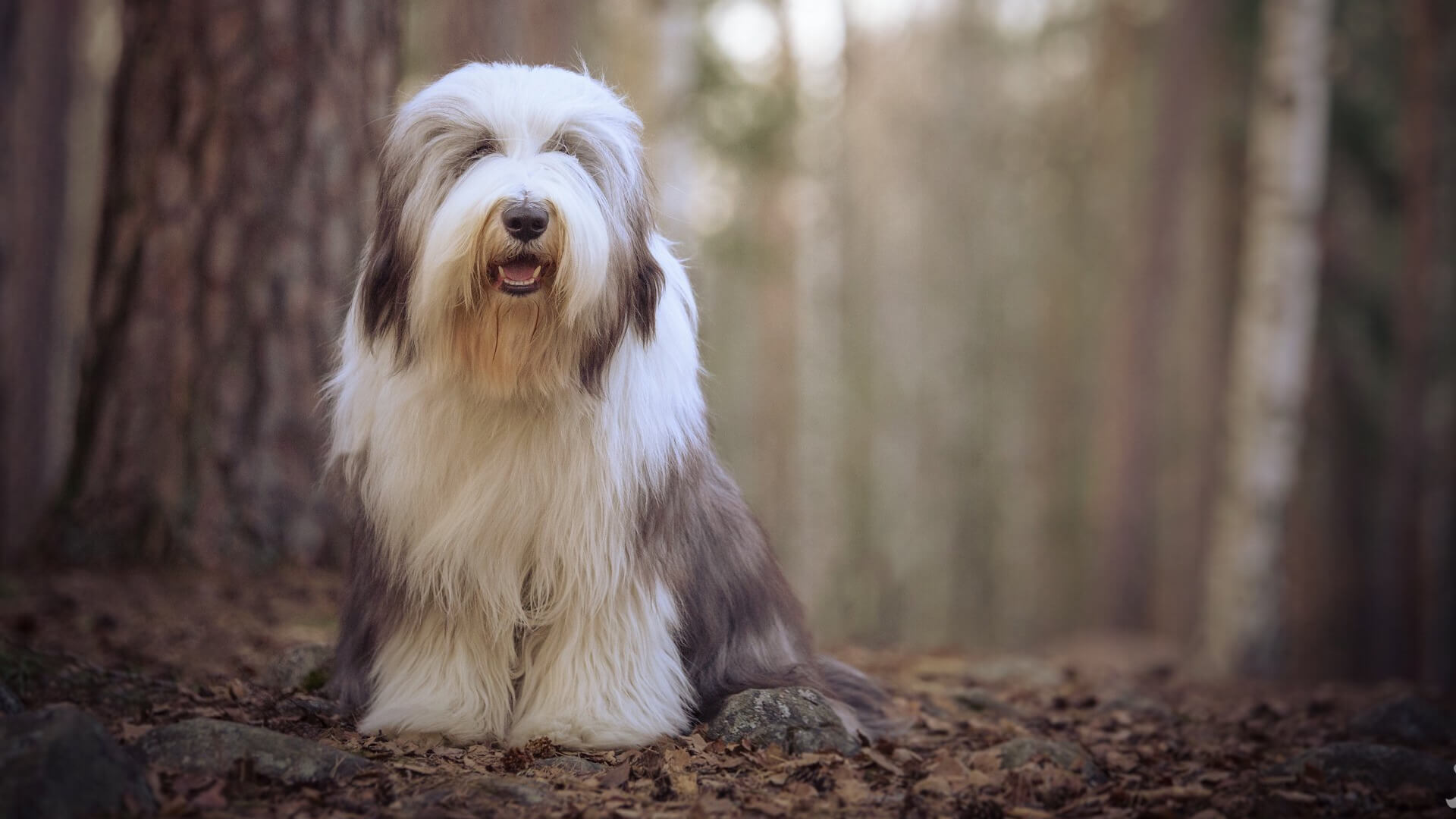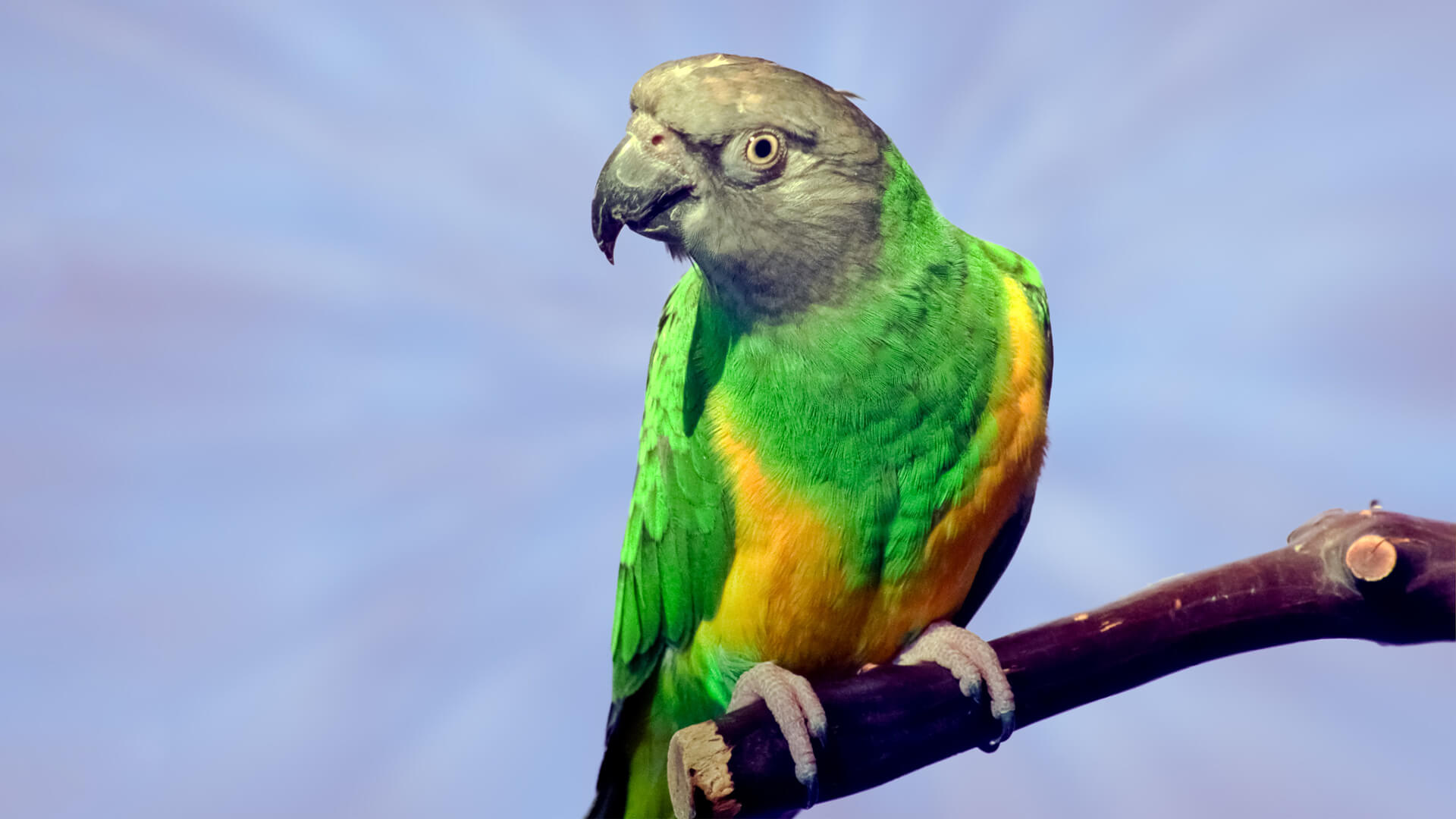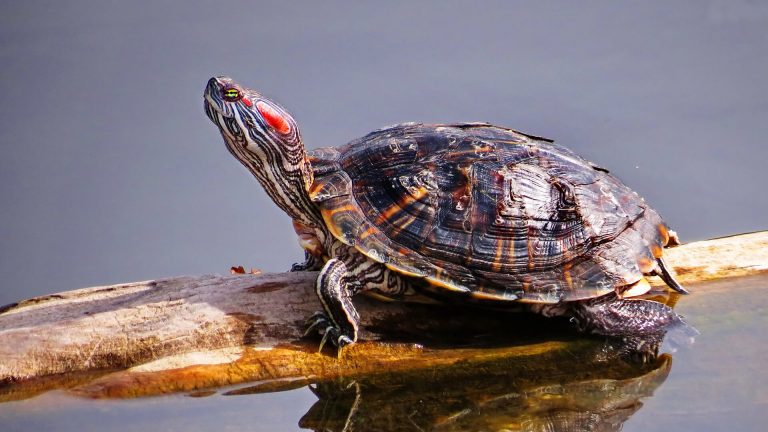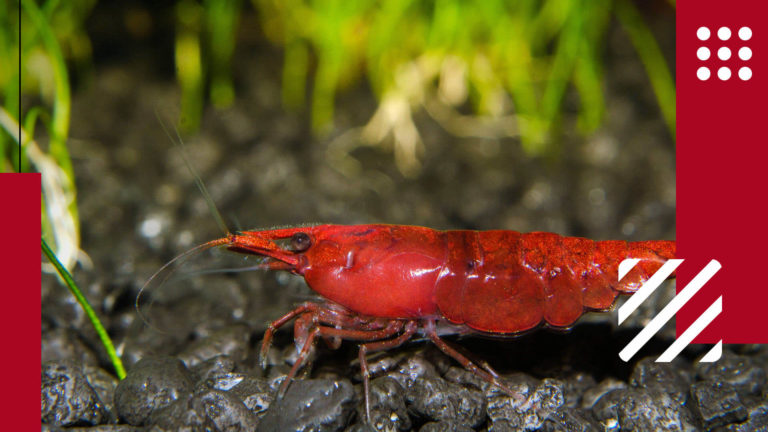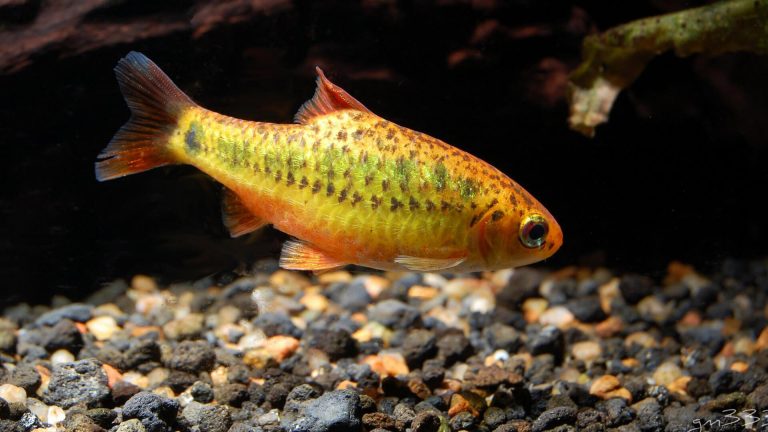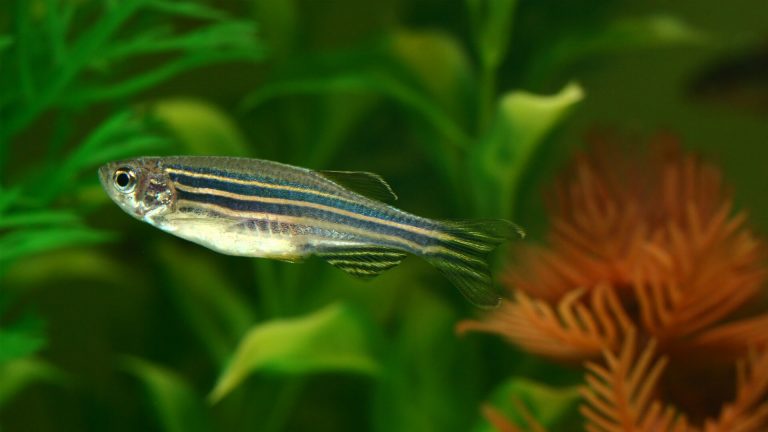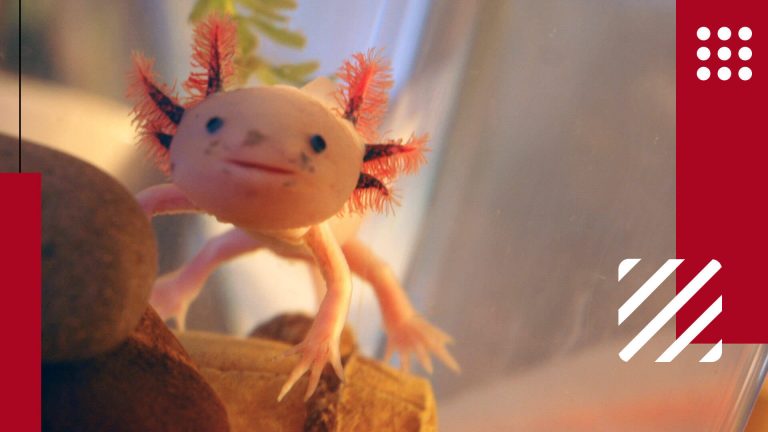Plecostomus, also known as Pleco or Hypostomus Plecostomus, is a collective term used for a group of catfish belonging to the family Loricariidae. This family holds the distinction of being the largest family of catfish worldwide. Within this group, there are various species of bottom-feeding catfish known as plecos.
When considering adding a pleco to your aquarium, it is important to conduct thorough research to ensure you choose the right species. While pet shops may refer to them as "common Plecos," they could actually be Bristlenose catfish (Ancistrus Dolichopterus) or Suckermouth catfish (Hypostomus Plecostomus), which are the two most commonly available species in the aquarium trade. There are also slightly less popular species such as the Sailfin catfish or Liposarcus Multiradiatus. One notable feature of plecos is their armored appearance, with longitudinal rows of scutes or bony external plates adorning their heads and bodies, giving them the nickname "armored catfish."
Distinctive Features of Plecostomus
| Scientific Name | Hypostomus plecostomus |
| Lifespan | 10-15 years |
| Color | Varies, commonly dark brown or black |
| Size | Up to 15 inches in aquarium and 24 inches in the wild |
| Health Risk | Low |
| Tank Size | Minimum 30 gallons (larger for bigger species) |
| Water pH | 6.5-7.5 |
| Filter Requirement | Moderate to high |
| Tankmates | Peaceful community fish |
| Unique Trait | Suction cup-like mouth for attaching to surfaces |
| Famous For | Efficient algae eater |
| Temperament | Generally peaceful |
| Maintenance | Low |
| Adaptability | Moderate |
| Behavior | Not recommended for young children |
| Personality | Mostly active at night |
| Social | Can be kept singly or in small groups |
The Plecostomus, also known as Pleco or Hypostomus Plecostomus, is typically brown or grey in color. In its natural habitat, it can reach a length of up to 24 inches, while in an aquarium, it usually grows to about 15 inches. Its body is covered with bony plates, except for the lower part of the head and abdomen. The body is often adorned with spots or patterns. It has a well-developed dorsal fin on the upper part of its body, paired pectoral fins on both sides, and a tail fin that resembles a crescent moon, with the bottom section being longer than the top. The Plecostomus has small eyes positioned high on its head, equipped with a special membrane that regulates light exposure and protects its vision from sunlight. During the day, the eyes are covered by the membrane, and when it is dark, the eyelids lift, allowing the Plecostomus to see.
Plecostomus species vary in size, ranging from as small as 2 inches to as large as 15 inches in length. It is important to research the specific species before purchasing, as some small Plecos can grow significantly larger as adults and may require a larger tank. Different Pleco species also exhibit varying colorations, while others can be identified by their unique anatomical characteristics. For example, the Bristlenose Pleco, or Ancistrus Dolichopterus, is known for its projecting horns. Plecos generally have a lifespan of 10-15 years.
The total species of pleco fish is about 150 but not all are suitable for aquarium. Most of them are native of South America categorically from the Amazon River basin. The aquarium pleco is the following variety:
- Bristlenose plecostomus
- Gold nugget plecostomus
- Clown plecostomus
- Sailfin plecostomus
- Royal plecostomus
- Snowball plecostomus

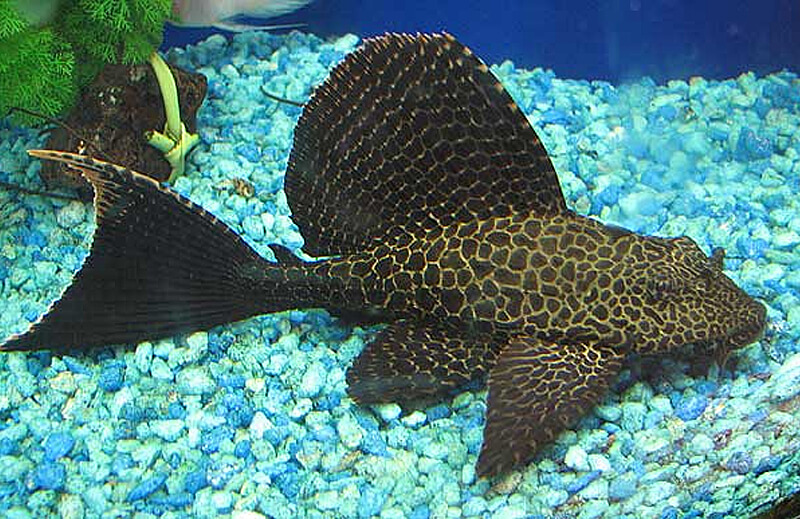
How to Take Care of Pet Plecostomus?
Taking care of a pet Plecostomus requires attention to their habitat, diet, and overall well-being. Here are some guidelines for caring for a Plecostomus:
How to Set Up a Tank for Pet Plecostomus?
To take proper care of a pet Plecostomus, it is important to create an environment that mimics the tropical waters of the Amazon River. Here are some additional care tips:
- Temperature and pH: Maintain the water temperature between 22-30 degrees Celsius and the pH level between 6.5-7.5. Use a reliable aquarium thermometer to monitor the temperature and adjust it as needed. Test the pH regularly and make necessary adjustments using appropriate water conditioners.
- Clean and Filtered Water: Ensure the aquarium water is clean and properly filtered. Consider using a canister filter, as it provides effective filtration and helps maintain good water quality. Plecostomus prefer strong water current, so choose a filter that can provide adequate water flow in the tank.
- Hiding Places: Plecostomus are nocturnal and appreciate hiding places during the day. Create hiding spots in the aquarium by placing flower pots, hollowed logs, caves, and plenty of plants. Hardy and quick-growing plants like java moss can be added to provide additional cover. Driftwood is also suitable and can serve as a natural element in the tank.
What to Feed Pet Plecostomus?
Plecos, also known as janitor fish or aquarium cleaner, are omnivorous and have a varied diet. Here are some tips for feeding them:
- Algae and Vegetation: Plecos naturally eat algae and vegetation, so it's important to provide them with suitable options. Algae tablets can be dropped to the bottom of the tank, especially when reducing the lights at night. This helps control algae growth in the tank. Fresh vegetables like zucchini, romaine lettuce, spinach, shelled peas, and cucumbers can also be offered. Spirulina pellets are another good option. Rotate their diet daily to ensure a balanced intake of nutrients.
- Protein-Rich Foods: In addition to plant-based foods, plecos also need protein in their diet. Live foods such as earthworms, crustaceans, and larvae can be offered as occasional treats. These protein-rich foods help meet their dietary needs.
- Feeding Time: Plecos are nocturnal, and their vision is well adapted to low-light conditions. It's best to feed them just before turning off the lights in the tank. This allows the plecos to locate and consume their food without competition from other fish in the tank.
What are the Health Concerns of Pet Plecostomus?
A healthy pleco can be identified by certain signs and behaviors. Here are some indicators of a healthy pleco:
- Clear Eyes: Healthy plecos have clear, bright eyes. Cloudy or swollen eyes can be a sign of illness or poor water quality.
- Active Behavior: A healthy pleco is active and exhibits normal swimming patterns. It will explore the tank, attach itself to glass or other hard surfaces, and show a good appetite. Vigorous eating is a positive sign of a healthy pleco.
On the other hand, an unhealthy pleco may exhibit symptoms of various health issues, including bacterial infections or fungal infections. Here are a few common problems and their potential causes:
- Bacterial Infections (Dropsy and Fin Rot): Dropsy is a bacterial infection that causes fluid retention and swelling in the body. Fin rot is characterized by the deterioration of the fins. Improving water quality and providing a good quality diet can help boost the pleco's immune system and aid in recovery from bacterial infections.
- Fungal Infections: Fungal infections can manifest as white spots or patches on the body and mouth of the pleco. Poor water conditions, including low water temperature and inadequate water changes, can contribute to the growth of fungus. Maintaining proper water temperature, performing regular water changes, and ensuring good filtration can help prevent and control fungal infections.
In general, maintaining good water quality, providing a balanced diet, and promptly addressing any signs of illness or infection can help keep your pleco healthy. Regular observation and proper care are essential to ensure the well-being of your pleco. If you notice any concerning symptoms, it's advisable to consult with a veterinarian or an experienced aquarist for appropriate treatment and advice.
What People Are Reading:
Frequently Asked Questions About Pet Plecostomus
Some of the generally asked questions about Plecostomus are answered below:
What fish can live with a Plecostomus?
Plecos are generally peaceful fish and can coexist with other species such as Cichlids, Gouramies, and Tetras in the same tank. However, it's important to note that certain fish like Discus and Angelfish may nip at plecos, and their smaller size makes them vulnerable to being swallowed by larger fish. To ensure the well-being of your pleco and prevent any harm to other fish, it is recommended to keep them in a tank where they are the sole representatives of their species. While it is possible for multiple plecos to live together, it is important to provide them with ample space. A tank of at least 300 gallons would be necessary to accommodate two plecos comfortably.
Do Plecos clean your tank?
Plecos play a crucial role in maintaining the cleanliness of the tank as natural scavengers. They have a preference for bottom-dwelling and are adept at consuming uneaten food and other organic debris, preventing the accumulation of harmful nitrates in the water. By actively feeding on algae, plecos help control its growth and prevent excessive buildup. Additionally, plecos actively stir up the substrate, ensuring that any food particles or debris that settle in the crevices are loosened and consumed. This process promotes the blending of oxygen with the substrate, creating a favorable environment for beneficial bacteria to thrive and establish the nitrogen cycle. It is important to remove any leftover food from the bottom of the tank as it can decay and release toxic substances, compromising the overall health of the tank. It's worth noting that as plecos age, their appetite for algae may decrease, which can have an impact on the algae control within the tank.
Will a Plecostomus eat other fish?
Plecos may encounter difficulties when housed with particularly aggressive fish species, such as Piranhas or Oscar fish. Flat-bodied fish provide an opportunity for plecos to establish a secure hold, potentially resulting in harm or even death to the other fish. It is not advisable to keep multiple plecos together as they can display territorial behavior and are not docile towards one another.
Are Plecos aggressive?
The majority of Plecos are known for their peaceful nature. They often graze on the tank bottom or prefer to rest calmly. They may occasionally feed on dead fish that have settled at the bottom of the tank. While full-sized Plecos may appear intimidating in the presence of smaller fish, they are generally peaceful and mind their own business.


